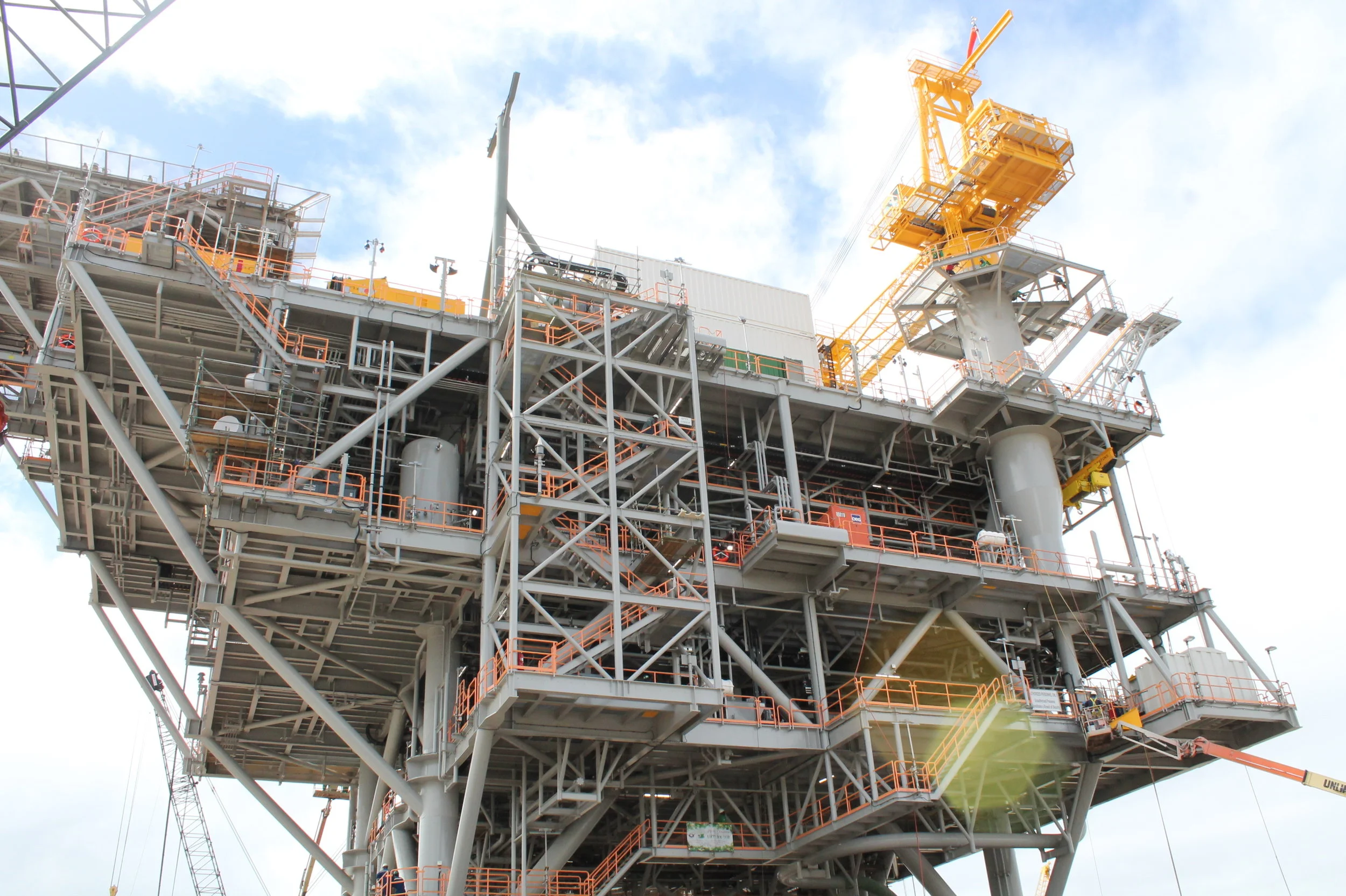The highly anticipated Angelin platform, despite its slightly controversial story here in Trinidad, appears to be moving ahead. McDermott, a US-based, provider of integrated engineering, procurement, construction and installation (EPCI) services for offshore and subsea field developments, has announced that they have delivered the pre-FEED (front-end engineering design) designs to BP for the Angelin platform.
According to McDermott, they successfully executed engineering for the BP Trinidad & Tobago (bpTT) Angelin project, with engineering work from pre-FEED all the way through detailed engineering. McDermott focused on delivering a capital efficiency step change that will allow Angelin to be sanctioned and come on stream safely, reliably and competitively.
The company has also indicated that pre-FEED, FEED, front-end execution planning and detailed engineering was completed for a six-slot normally unmanned (NUI) wellhead platform handling 600 mmscfd of gas, located approximately 25 miles (40km) off the east coast of Trinidad. The scope included designs for the topsides and jacket, 15.5 miles (25km) of pipeline, a 26” subsea tie in spool to existing Wye at Serrette, 26” subsea tie in spool at new Wye Skid, a subsea Wye skid at Serrette, subsea Wye skid at Angelin and an isolation skid at Serrette.
According to Upstream, McDermott, who recently completed work on EOG/BP Sercan, was also tipped for winning the EPCI contract for Angelin.
In another related announcement, Fluor has announced that it was selected by BP to perform the front-end engineering and design (FEED) for the Cassia Compression Project off the east coast of Trinidad and Tobago, the next major project after Angelin. Fluor booked the undisclosed contract value into backlog in the first quarter of 2017.
Fluor’s scope includes the design of a new offshore gas compression platform, new connecting bridge and modifications to the existing Cassia hub. The platform will compress gas produced from the existing Cassia platforms.
According to Mark Fields, president of Fluor’s Energy & Chemicals business in the Americas, Fluor has already executed work on several BP facilities in Trinidad and Tobago and “in addition, our Stork division currently provides maintenance, modification and asset integrity services to BP’s offshore assets there. With a focus on maximising local content, we will deliver a safe, reliable and capital-efficient solution to BP.”
FEED activities are expected to be completed in 2017 with first gas expected in 2020.

